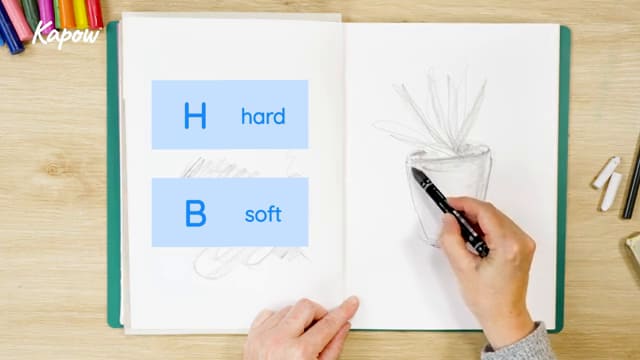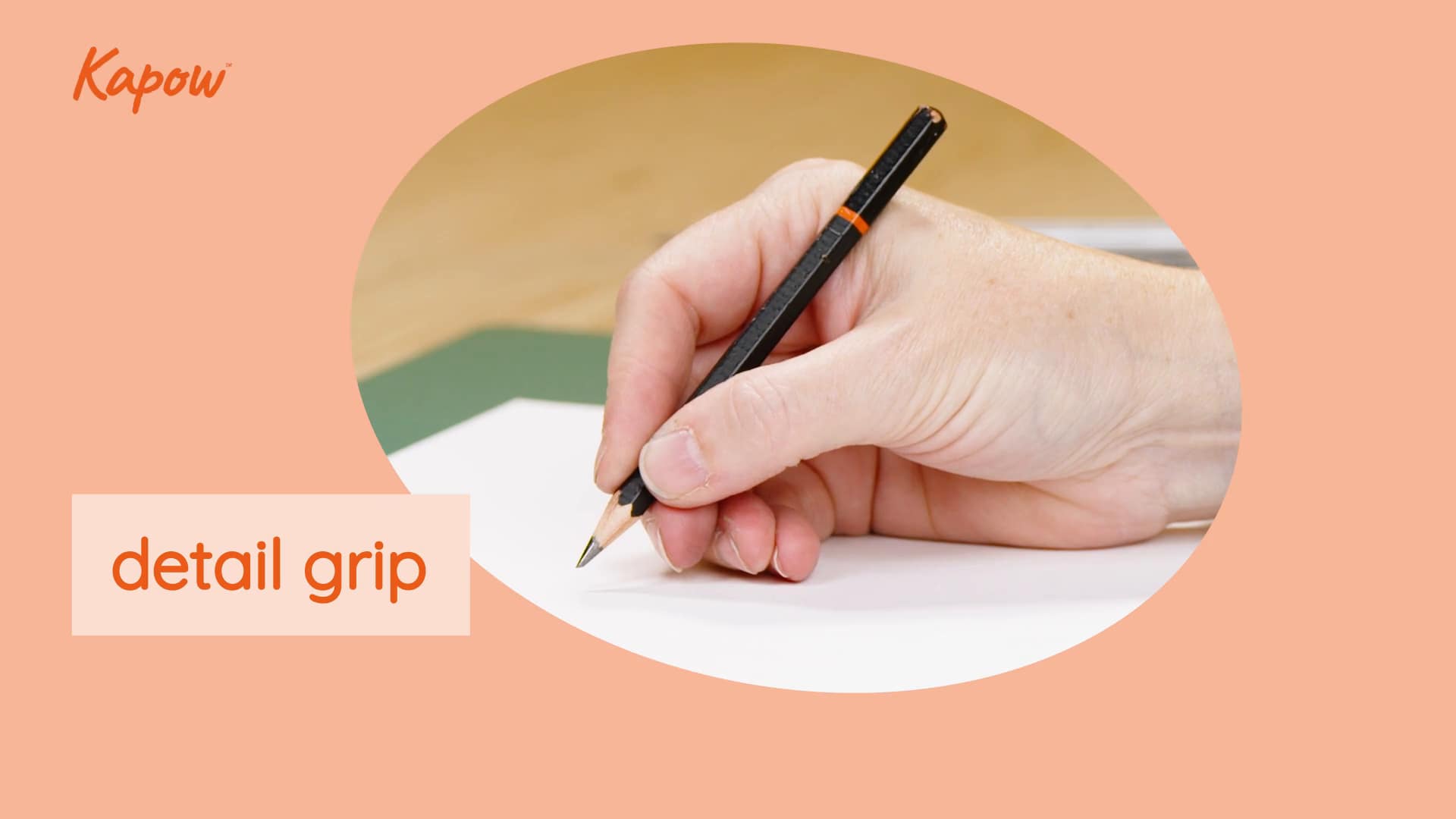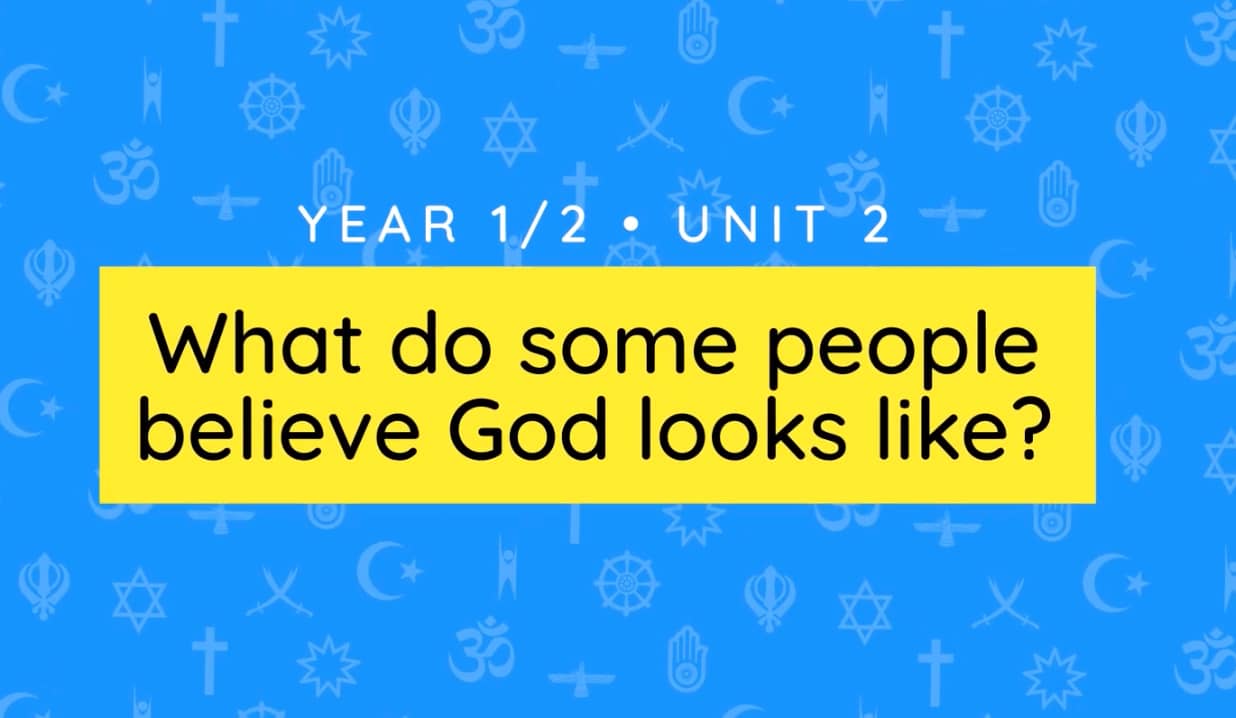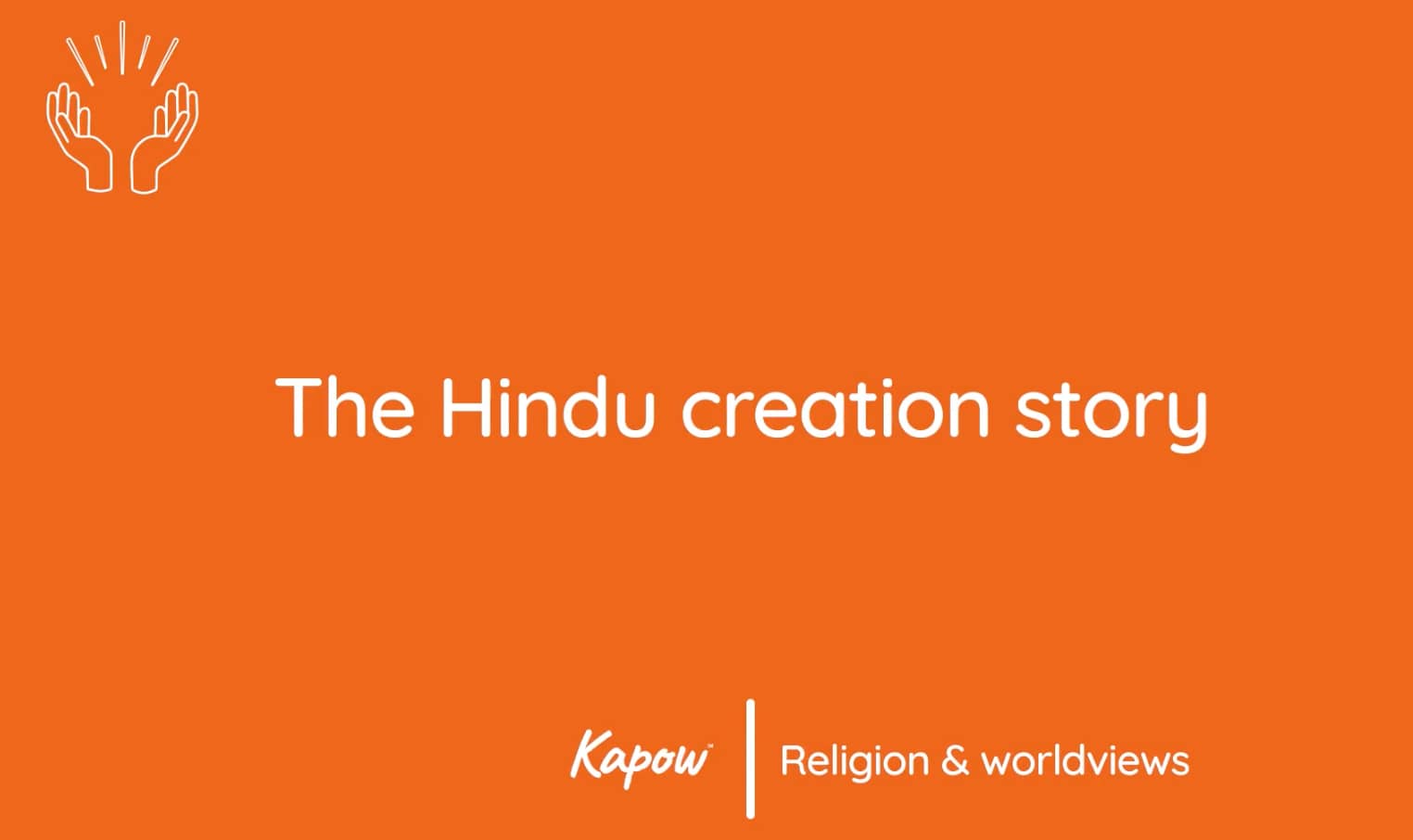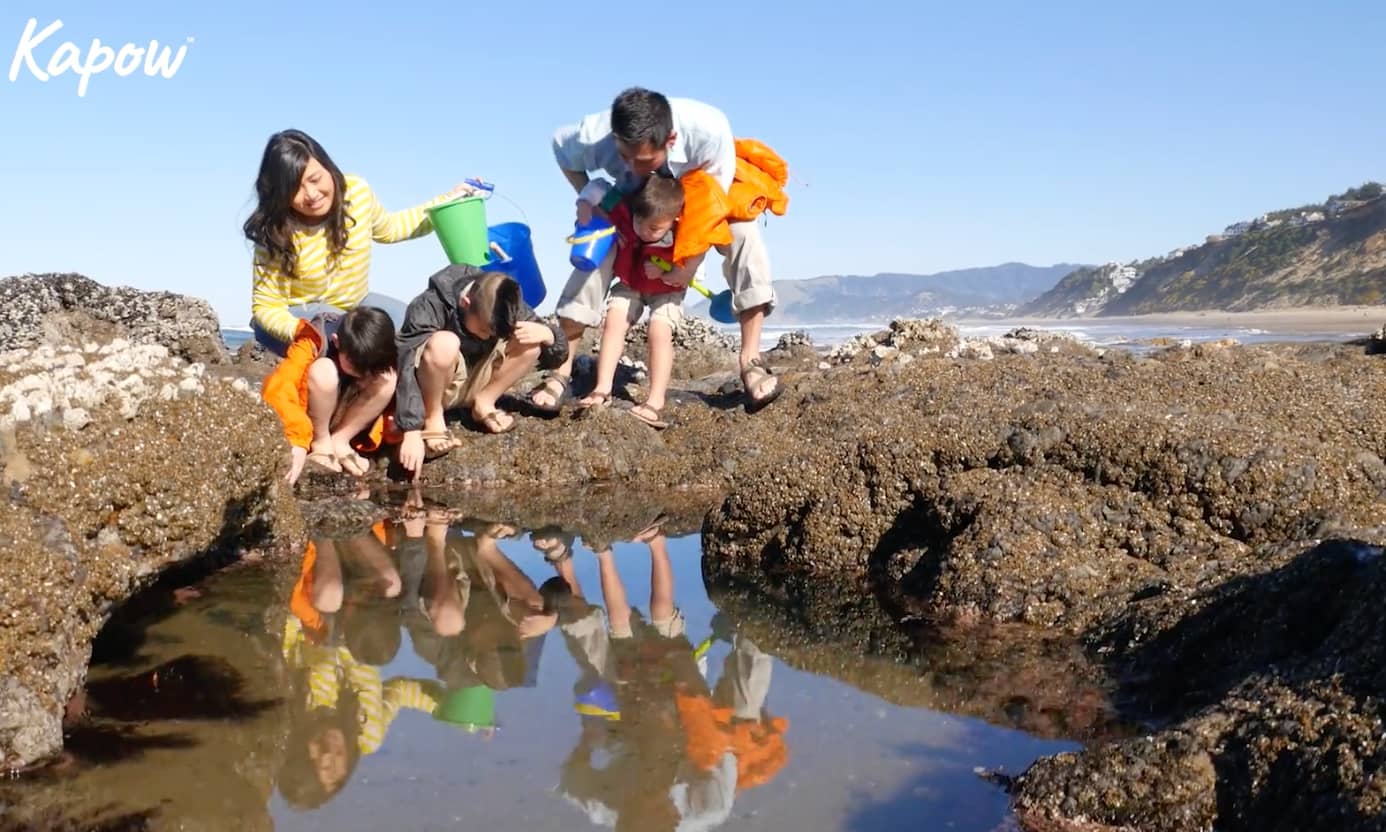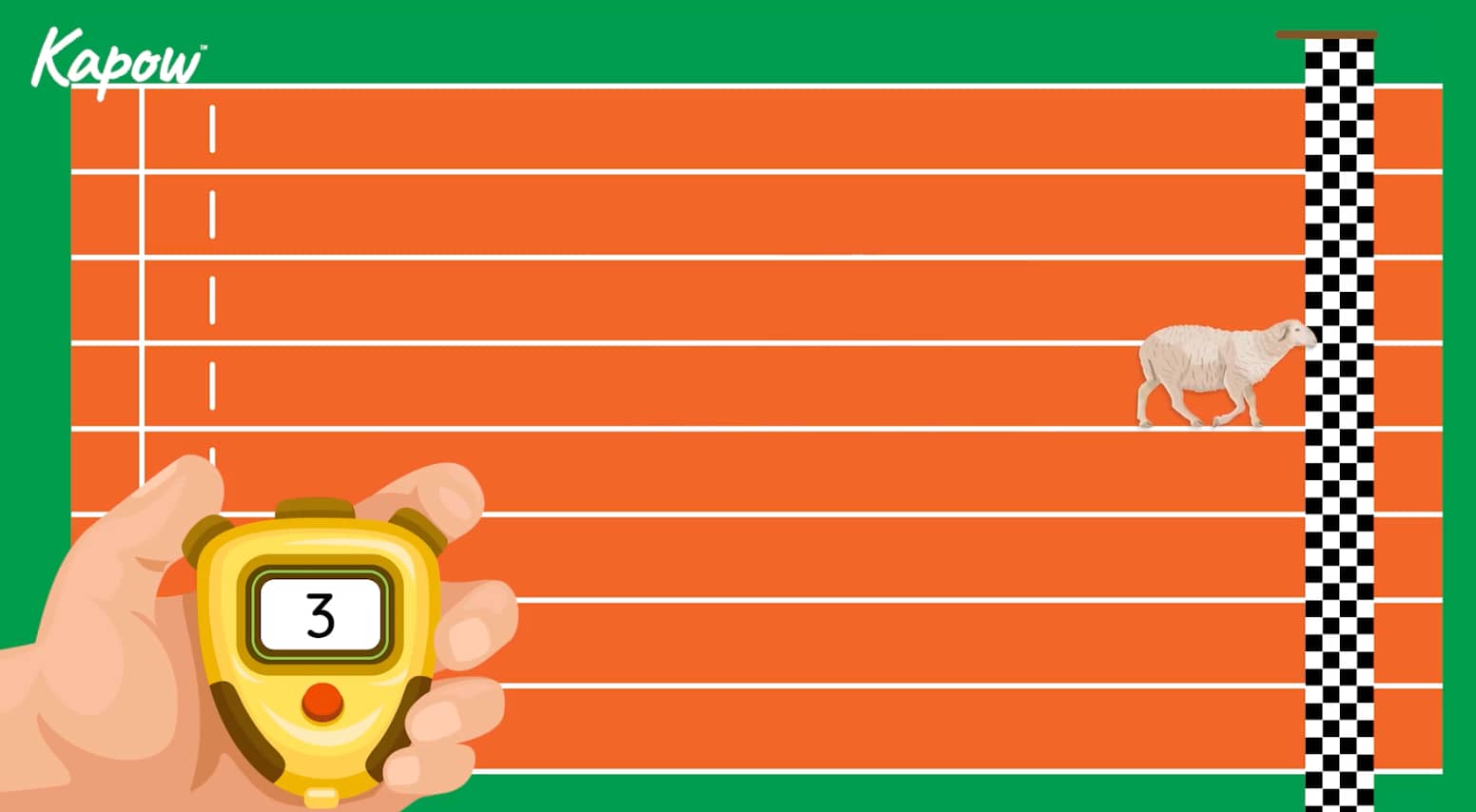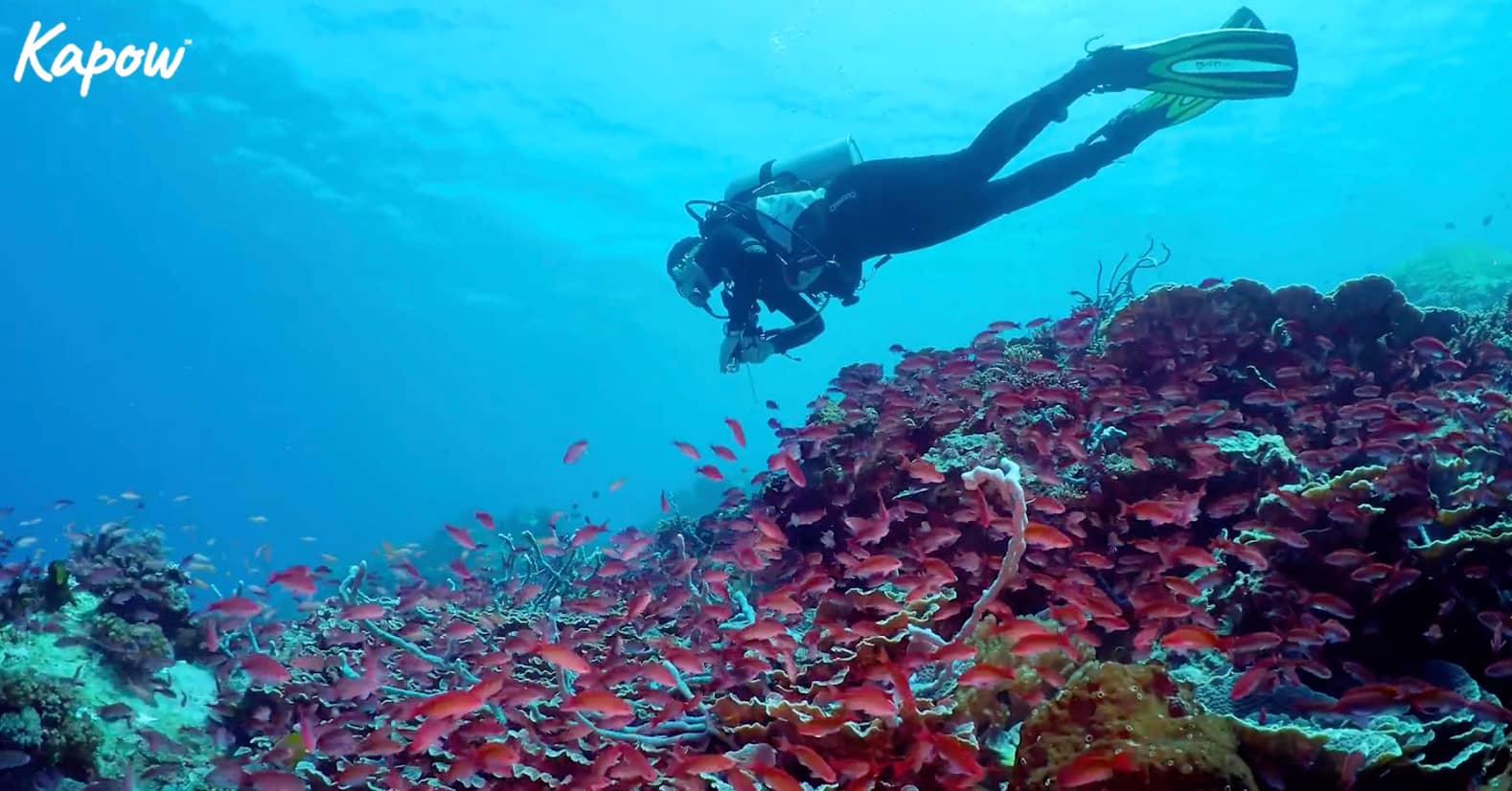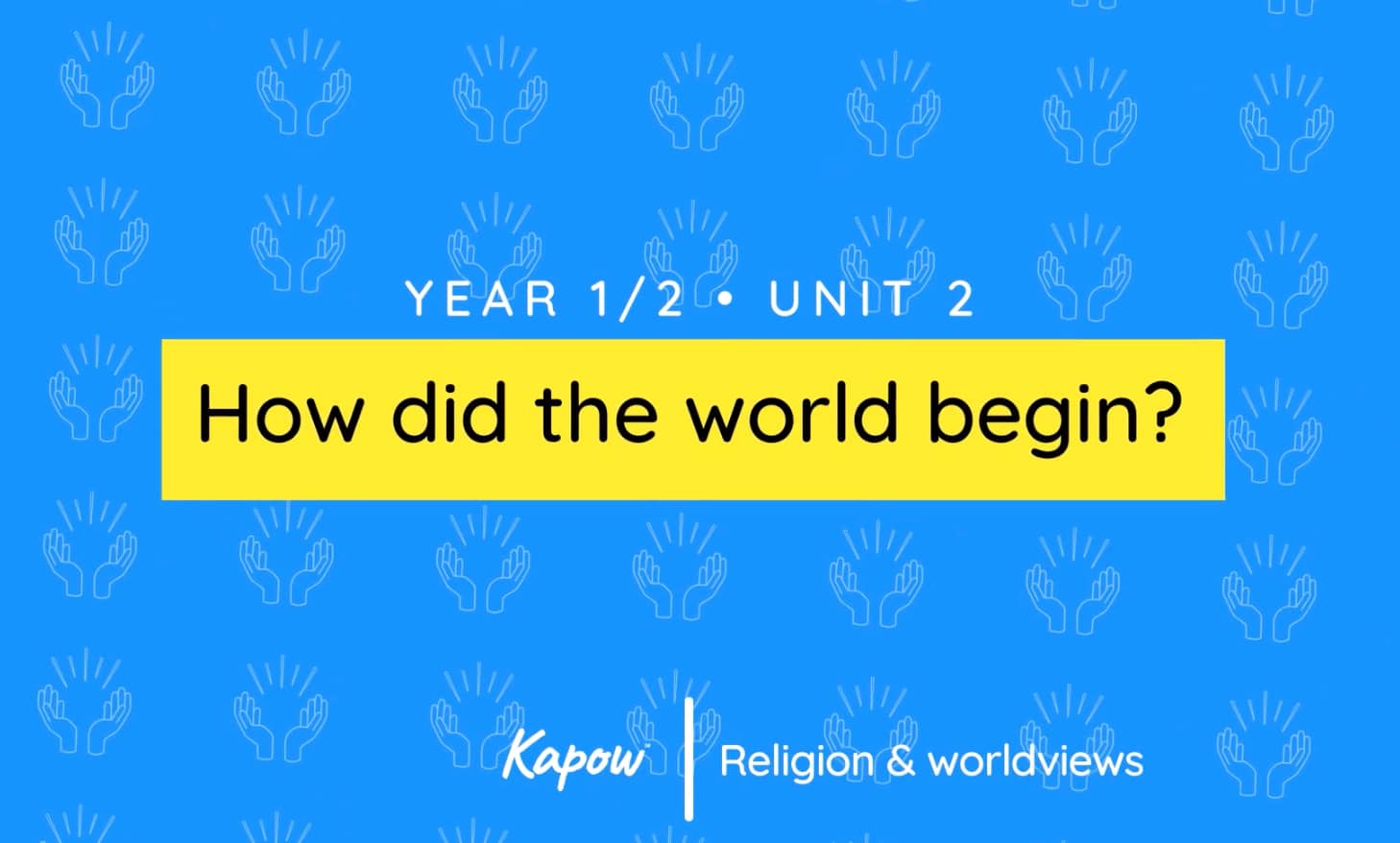year: Year 2
Pupil video: Four rules of shading
Unit overview: What do some people believe God looks like?
This Religion and worldviews video supports teachers in delivering a unit that explores the big questions: What is religion? and How can worldviews be expressed? It introduces children to a range of beliefs and practices related to the concept of God and incarnation, focusing on Christian, Hindu, and Muslim worldviews.
Pupil video: The Hindu creation story
Pupil video: Investigating ocean litter
This Kapow pupil video is part of the Kapow Science scheme of work. It is designed for pupils and introduces an investigation into the effects of ocean litter.
Pupil video: Rock pools
This Kapow pupil video is part of the Kapow Science scheme of work. It is designed for pupils and explores the fascinating world of rock pools – tiny coastal habitats teeming with life.
Pupil video: Animal race
Pupil video: What is a marine biologist?
This Science scheme of work video introduces teachers to the world of marine biology, helping Key Stage 2 pupils understand what it means to be a scientist who studies the ocean and the incredible creatures that live beneath the waves.
Unit overview: How did the world begin?
This Religion and worldviews video introduces teachers to the unit “How and why are we here?” and supports children in exploring different beliefs about the origins of the world.

